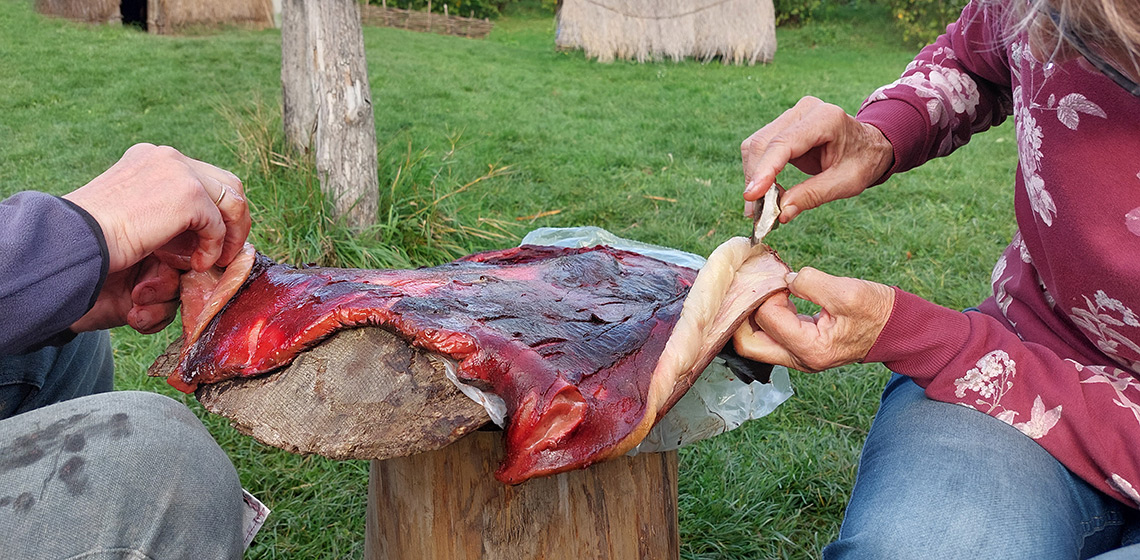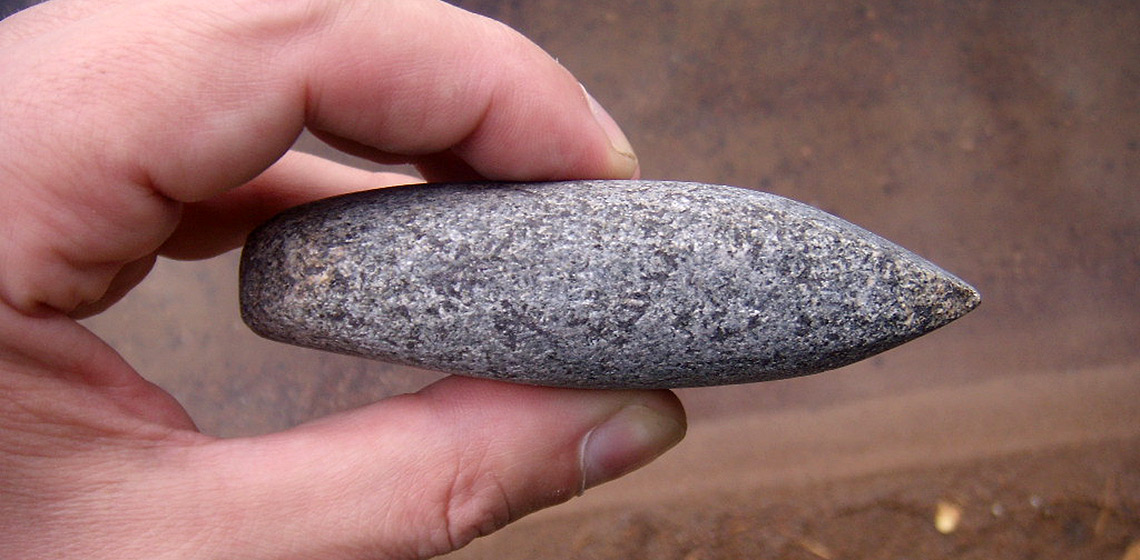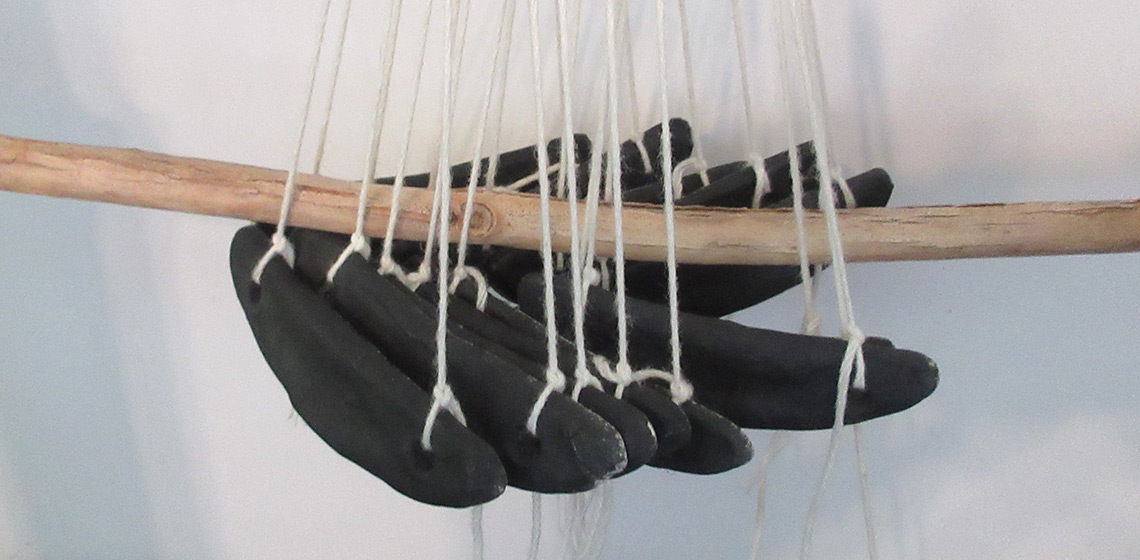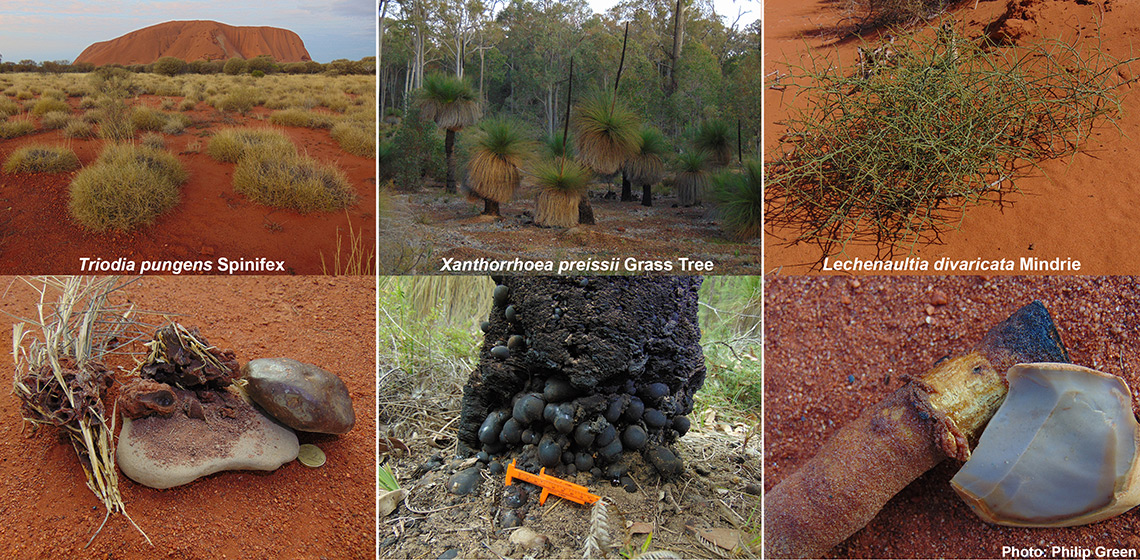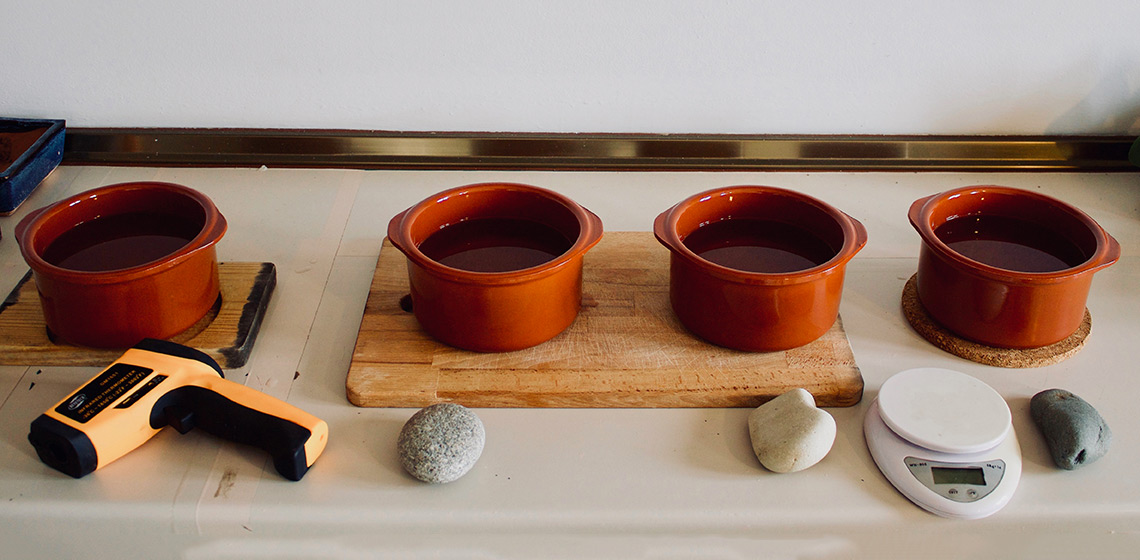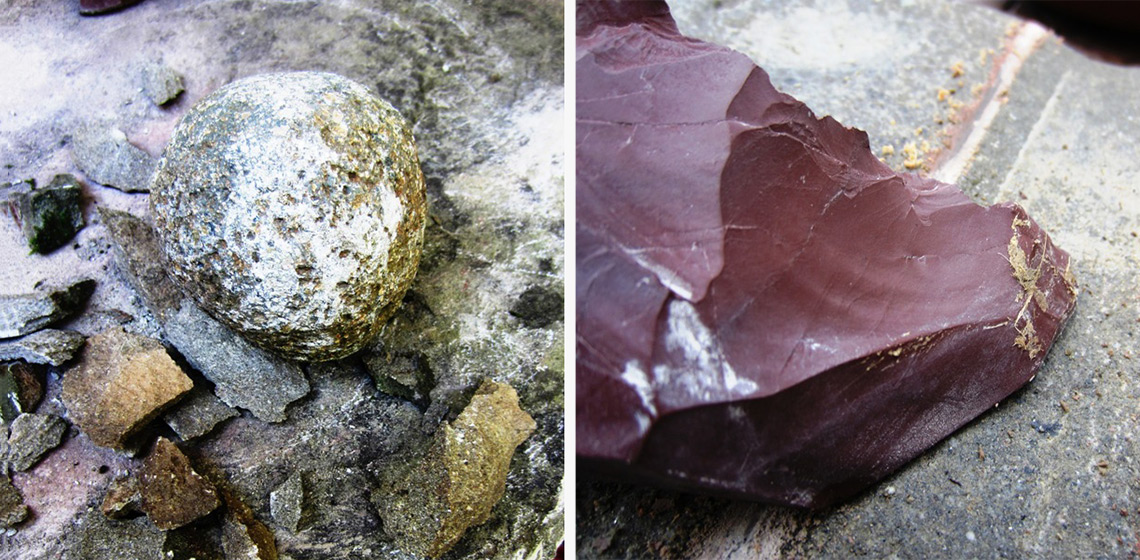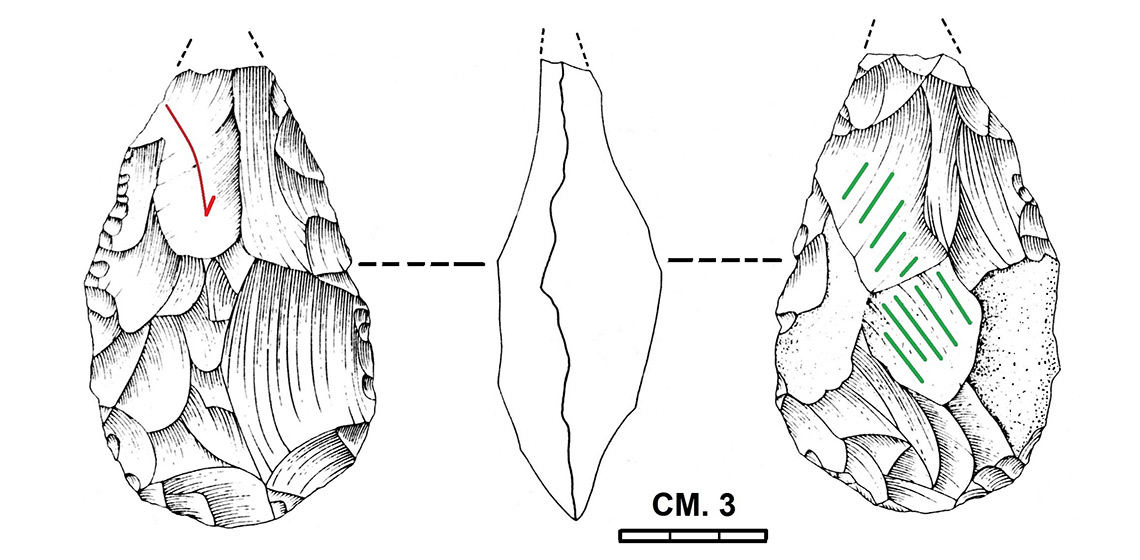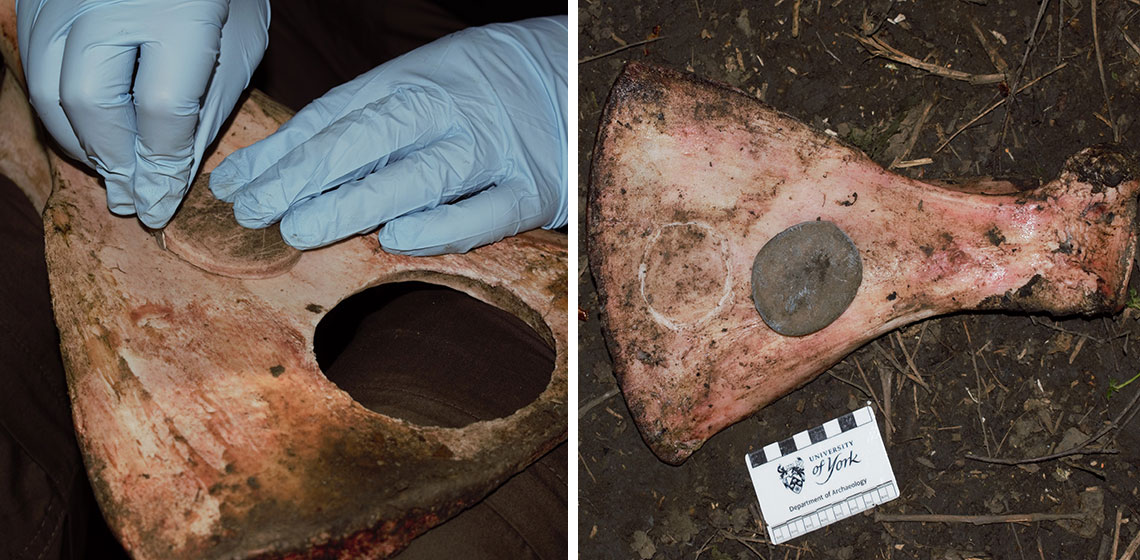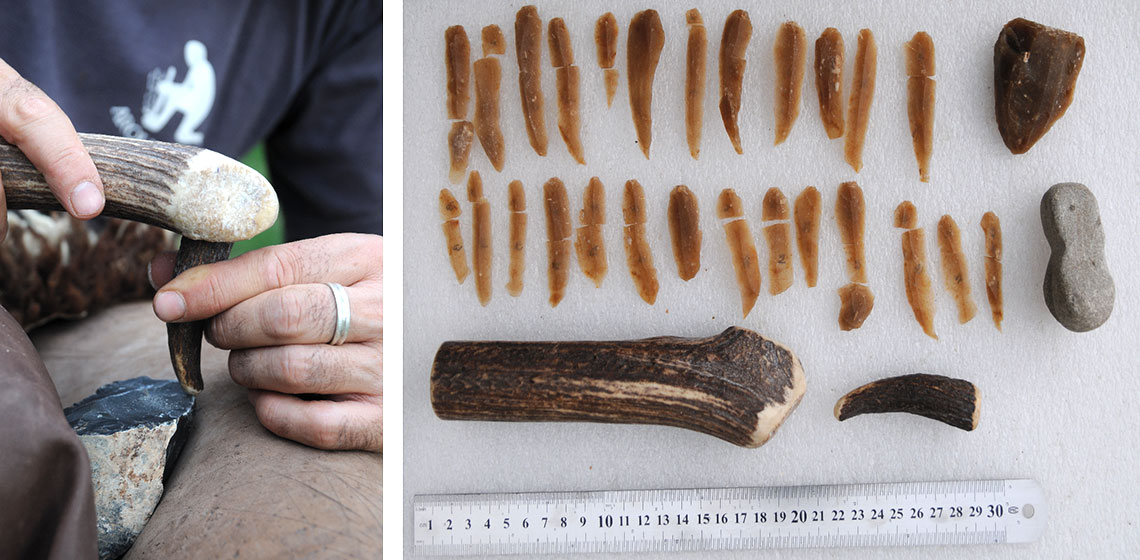Scraping Seal Skins with Mineral Additives
Publication Date
Neolithic scrapers from the Vlaardingen Culture (3400-2500 BC) display a variety of hide-working traces, amongst which traces interpreted as being the result of contact with dry hide. It has been suggested that, potentially, some of these implements were used to scrape fatty hides with mineral additives. Therefore, a series of experiments...

